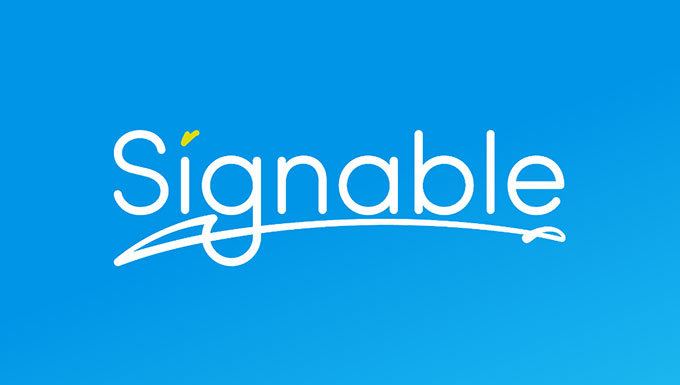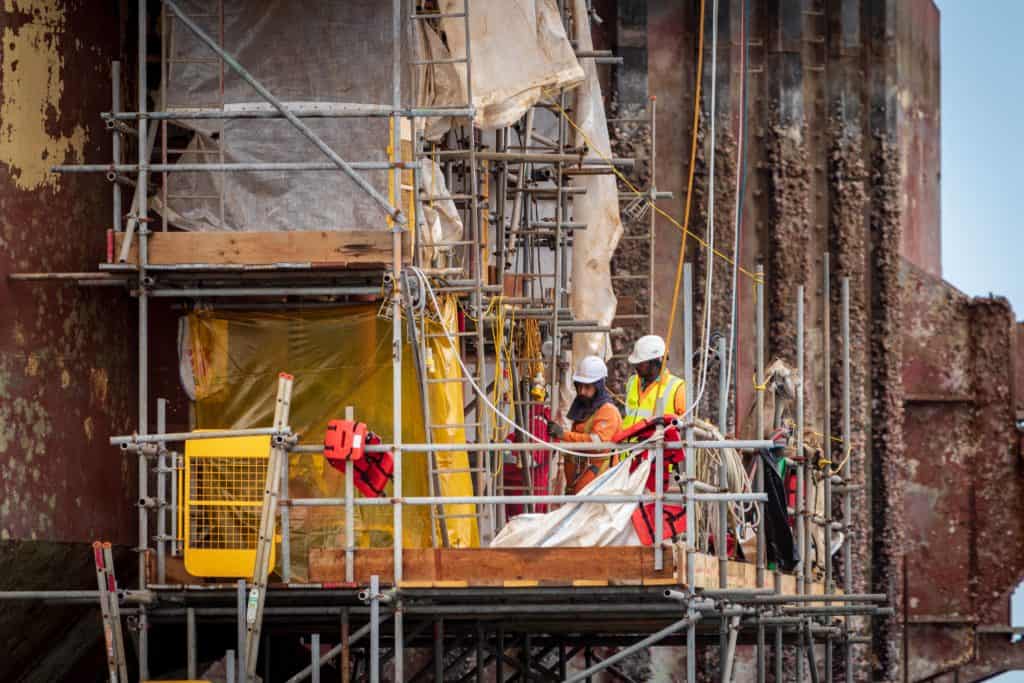Types of construction documents – What can you digitalise?

Published:
Why is construction changing?
The US and UK are slowly returning to their much-longed-for post-crisis economic levels, seeing a massive acceleration in demand for construction activity.
On top of this, over the last year-and-a-bit, there has been a re-vamping of technology within the construction industry, driven by solid investment into the sector and growing demand for housing.
This investment means that for contractors, architects, supervisors and millions of owners, there is pressure to rethink workflows and design processes in projects.
The recent innovation in the Fintech arena through new software has laid bare some of the construction industries’ redundancies and inefficient workflows.
It is predicted that the population is expected to grow by 2 billion by 2050, making it a priority to focus on coordination in construction processes to keep up with the growing demand.
The picture is complex. Construction sites and remote offices overlap, making payments and transferring paper documents a lengthy and time-consuming process.
Furthermore, laws and regulations changing put extra pressure on the industry. For example, the Biden administration recent infrastructure bill in the US means architects have a growing pile of documentation necessary to carry out a project.

Types of construction documents:
We have created a fully-comprehensive Construction Industry guide here if you would like to dive deeper into the world of digital processes and construction.
For any major project, you will have heard of the terms “specs” or “project manual”, but both terms refer to different types of construction documents, which there can be plenty of.
No structure of any set of drawings will be the same, and they can differ based on the tenant space buildout project. However, the architect usually includes the following documents in a building permit or construction set:
- A0 sheets
- A1 sheets: Demolition plans
- A2 sheets: Floor plans
- A3 sheets: Elevations
- A4 sheets: finish plans
- A6 sheets: schedules
- S sheets: structural drawings
- M sheets: mechanical drawings
- E sheets: electrical drawings
Several types of construction documents are included when you bring a project from design to the completed building. They are:
- Bidding Requirements
- Contract Forms
- Conditions of Contract
- Specifications
- Drawings
- Addendum
- Contract Modifications
Bidding documents:
Before you issue for construction, you’ll usually issue a set of documents for bidding only. These documents set out the scope of the work and include detailed pages outlining everything before the contract is awarded and construction is started.
Project manual:
These are the two sets of construction documents that specify every detail of their final design.
One set is called the construction set, which remains on-site throughout the construction process to guide the construction administration under the direction of the general contractor.
The other set of drawings is called the permit set, and it goes by the local permitting authority, which is usually part of a city or state government.
The permitting authority checks the drawings for safe adherence to building codes and zoning laws.
Contract documents:
Contract documents include deliverables after the bidding is completed (i.e. owner-contractor agreement is executed).
Any bidding requirements are not included in the contract documents.
It consists of the owner-contractor agreement, the general and supplementary conditions, cost estimates, the specific instructions, construction drawings, plus any changes or modifications made to the contract.
To receive a certificate of occupancy from a permitting authority, the final building must match the submittals provided at the beginning of a project.
How do e-signatures help the construction process?
To ensure that all players in the construction process can effectively coordinate to avoid backlogs, many companies have looked to digitize their workflows, scrapping paper tickets and physical documentation.
Having the ability to adjust capacity and schedules in real-time to account for unforeseen circumstances is a skill that companies will need to keep up with the demand and infrastructure bills to be implemented across the US.
Signable is a eSignature provider and digital contract service that helps B2B companies improve the functionality of their workflows by providing a centralized platform where construction contracts can be monitored and sent efficiently.
Construction is moving towards automation, and Signable can help your business adopt this.